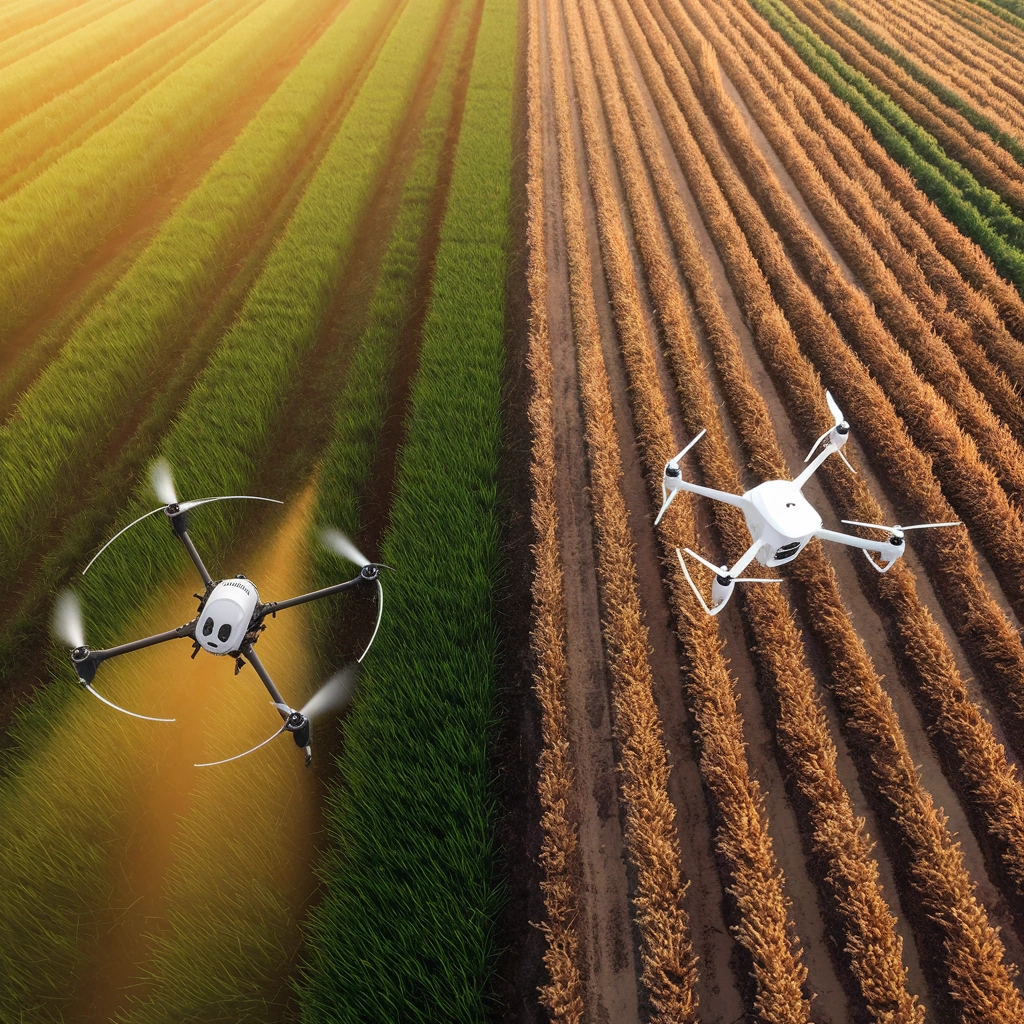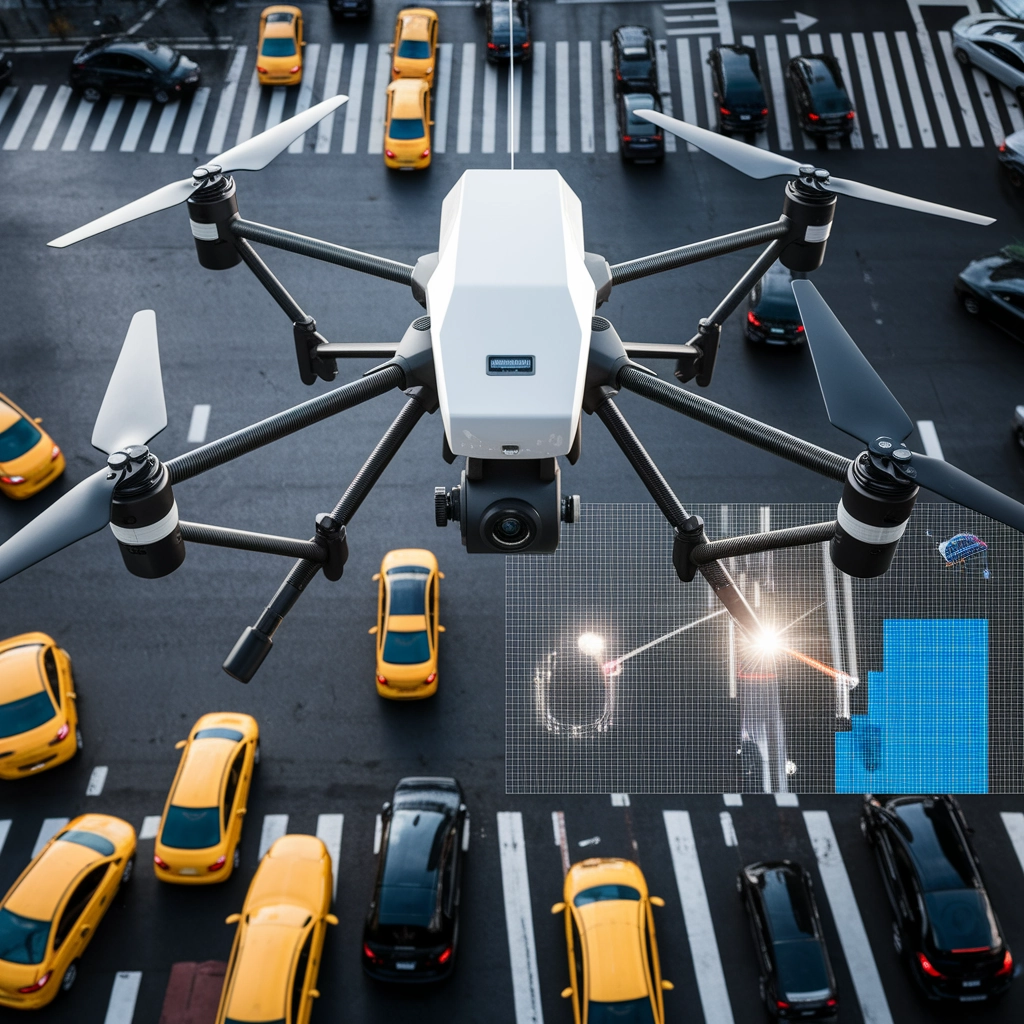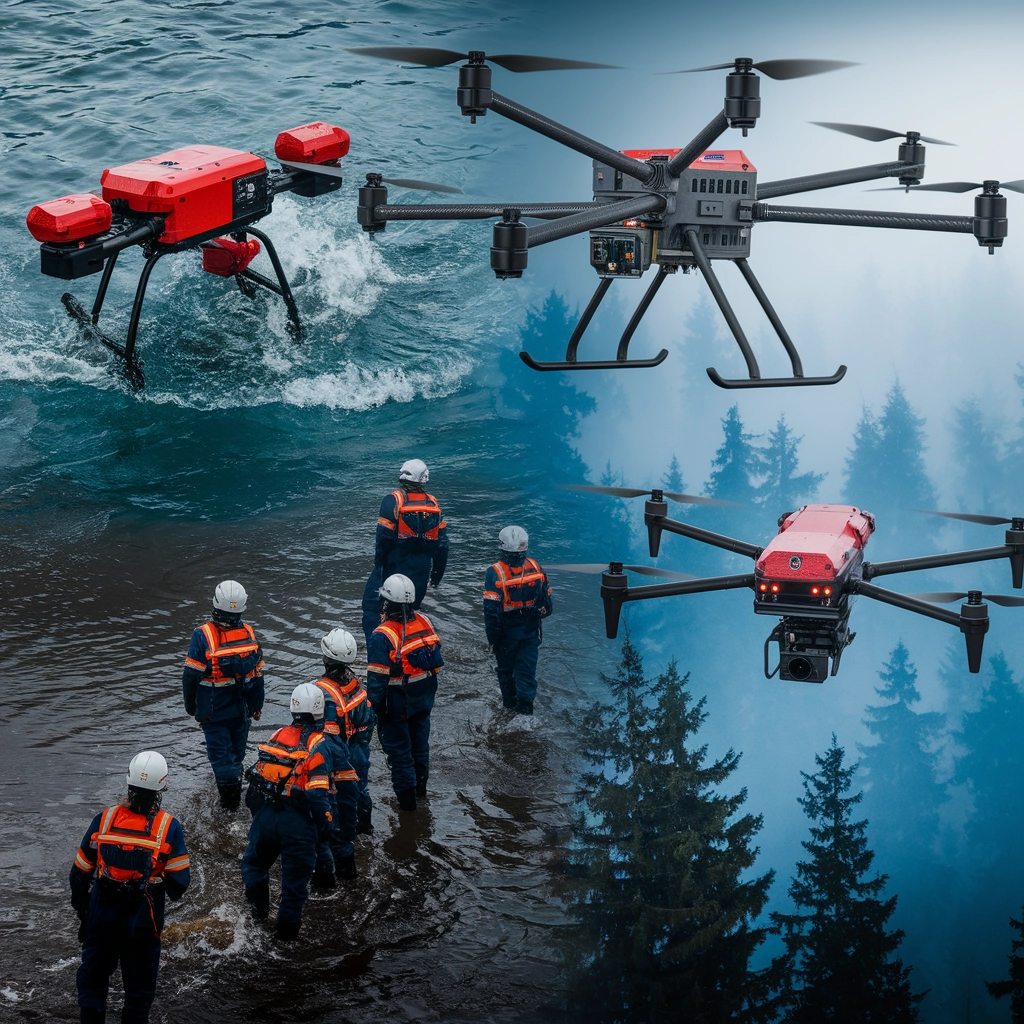The Dawn of Application-Specific Drone Technology
The era of one-size-fits-all drones is rapidly fading into the past. As we progress through 2025, the unmanned aerial vehicle (UAV) industry is witnessing a significant shift toward custom-built solutions designed for specific applications and industries. This evolution is particularly evident in India, where the drone ecosystem is flourishing under supportive government policies and growing market demand.
Unlike their general-purpose predecessors, today’s custom drones are sophisticated machines engineered to meet precise requirements across various sectors. From agriculture to emergency response, these tailored aerial platforms are revolutionizing operations with their specialized capabilities.
The Indian Drone Market: A Landscape of Opportunity
India’s drone sector has emerged as one of the fastest-growing markets globally, with projections suggesting it will reach USD 1.8 billion by 2026. The government’s Production Linked Incentive (PLI) scheme for drones and drone components, coupled with initiatives like “Make in India” and “Startup India,” has created fertile ground for innovation in this space.
The Drone Rules 2021, which simplified regulations and created a more accessible framework for drone operations, has further accelerated market growth. These progressive policies have attracted significant investment and spurred indigenous development of UAV technologies tailored to Indian conditions and requirements.

Different Applications, Different Drones: The Rise of Specialization
Agriculture: Precision Farming Takes Flight
In a country where agriculture employs nearly half the workforce, custom agricultural drones are making a substantial impact. These specialized units equipped with multispectral sensors can analyze crop health across vast farmlands in a fraction of the time required for manual inspection.
Indian farmers are increasingly adopting drones modified for their specific crops and local conditions. For instance, drones designed for paddy fields in Kerala feature different spray systems than those developed for wheat fields in Punjab. This specialization is critical—the requirements for monitoring saffron crops in Kashmir differ dramatically from those needed for coffee plantations in Karnataka.
Infrastructure Inspection: Safety and Efficiency
The infrastructure sector demands drones with high-resolution thermal imaging capabilities and extended flight times. Custom drones developed for bridge inspection in India come equipped with collision-avoidance systems and specialized cameras that can detect hairline cracks invisible to the naked eye.
Similarly, drones designed for power line inspection feature corona cameras that can identify electrical discharge problems, while those built for railway track monitoring include specialized LiDAR systems for detecting misalignments with millimeter precision.
Emergency Response: When Minutes Matter
For disaster management in challenging terrains like the Himalayas or flood-prone regions of Bihar and Assam, drones must meet unique specifications. Custom UAVs for these applications incorporate water-resistant components, extended communication ranges, and the ability to operate in extreme weather conditions.
Search and rescue drones deployed in Indian forests are equipped with thermal sensors calibrated specifically for detecting human signatures among dense foliage—a feature not commonly found in commercial off-the-shelf models.
Technologies Driving Customization
AI and Machine Learning: The Brain Behind the Operation
Artificial intelligence has become the cornerstone of custom drone development in 2025. In India, where complex environments demand intelligent navigation, drones now incorporate AI systems trained on local data.
For example, traffic monitoring drones in Mumbai use machine learning algorithms trained specifically on Indian traffic patterns, which differ significantly from those in Western countries. This localization of AI capabilities ensures greater accuracy and effectiveness in real-world applications.

Enhanced Payload Capabilities: Carrying the Future
The payload requirements across different sectors vary dramatically. Medical delivery drones operating in remote areas of Northeastern India require temperature-controlled compartments to preserve vaccines and medications during transit. Meanwhile, agricultural spraying drones need tanks and nozzles designed for specific pesticides and fertilizers used in Indian farming practices.
These specialized payload systems are increasingly being manufactured within India, supporting the country’s self-reliance in drone technology while ensuring solutions address local challenges effectively.
Battery and Power Systems: Endurance Matters
One of the most significant advancements in custom drone technology has been in power systems optimized for India’s diverse climate conditions. Drones operating in the arid heat of Rajasthan require different battery cooling systems than those deployed in the humid conditions of Kerala.
Indigenous development of high-capacity batteries designed to operate efficiently in temperatures ranging from the sub-zero Himalayan regions to the scorching deserts of Rajasthan has been a game-changer for Indian drone operations.
The Regulatory Landscape: Enabling Innovation
The drone regulatory framework in India has evolved considerably, creating an environment that fosters innovation while maintaining safety and security. The Digital Sky platform has streamlined permissions for drone operations, while the liberalized drone rules have opened up new possibilities for BVLOS (Beyond Visual Line of Sight) operations.
Specific corridors designated for drone testing across the country allow manufacturers to refine their custom designs in real-world conditions before full-scale deployment. This progressive approach to regulation has positioned India as an emerging leader in drone technology development.

Industry-Specific Innovations Reshaping Operations
Smart Cities: Urban Management Reimagined
As India’s smart city initiatives gain momentum, custom drones are becoming integral to urban management. Specialized UAVs equipped with air quality sensors monitor pollution levels in metropolitan areas like Delhi and Bangalore, providing real-time data that helps authorities implement targeted interventions.
Traffic management drones with advanced computer vision can identify congestion patterns unique to Indian urban centers, suggesting alternate routes and helping optimize traffic signal timing based on actual conditions rather than predetermined schedules.
Mining and Resource Management: Precision and Safety
In India’s mining sector, custom drones are addressing the dual challenges of efficiency and safety. Specialized UAVs equipped with magnetometers and multispectral sensors help in mineral exploration, while others monitor environmental compliance in real-time.
These purpose-built drones can withstand the harsh conditions of mining environments while providing accurate volumetric measurements of stockpiles—capabilities that general-purpose drones typically lack.
Film and Entertainment: A New Perspective
India’s vibrant entertainment industry has embraced custom drone technology for creating spectacular aerial cinematography. Specialized camera drones designed for Bollywood productions feature stabilization systems optimized for capturing dynamic action sequences, while others incorporate noise-reduction technology for recording dialogue during aerial shots.
The burgeoning drone light show industry is also taking off, with customized swarm drones programmed to create culturally significant displays for festivals and events across the country.
Looking Ahead: The Next Frontier
As we move forward in 2025, the trajectory for custom drones in India points toward even greater specialization and integration with other emerging technologies. The convergence of 5G connectivity, edge computing, and advanced materials science is enabling a new generation of application-specific drones with capabilities that were unimaginable just a few years ago.
The focus is increasingly shifting toward developing complete drone ecosystems rather than standalone products. These ecosystems include specialized drones, tailored software solutions, and integrated data processing systems designed to address specific industry challenges.
Conclusion: A Custom Future Takes Flight
The evolution of drone technology from general-purpose flying platforms to sophisticated application-specific tools represents a fundamental shift in how we approach aerial solutions. In India, this transformation is happening at an accelerated pace, driven by unique local needs and supported by a progressive regulatory environment.
As custom drones become more accessible and their capabilities more refined, we can expect them to play an increasingly central role in India’s technological landscape. The future of aerial solutions is not just about putting more drones in the sky—it’s about putting the right drones in the sky, designed specifically for the tasks they need to perform.
For industries seeking to leverage these technologies, understanding the specific requirements of their applications and working with specialists who can deliver tailored solutions will be key to realizing the full potential of custom drone technology in 2025 and beyond.